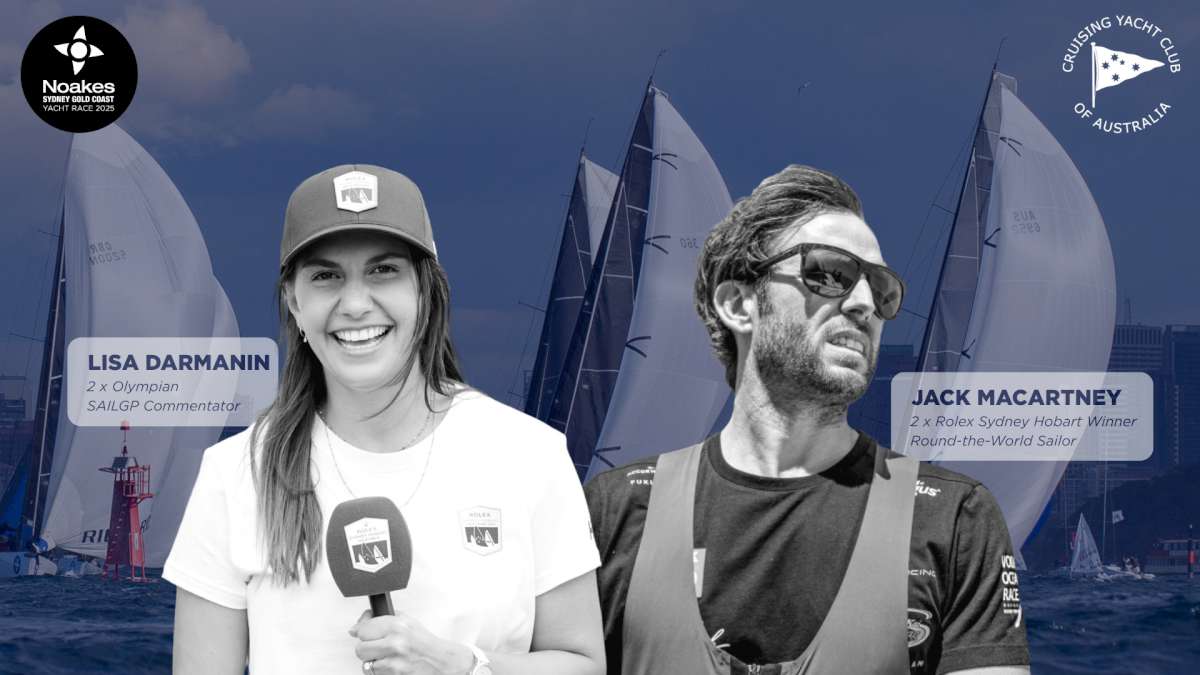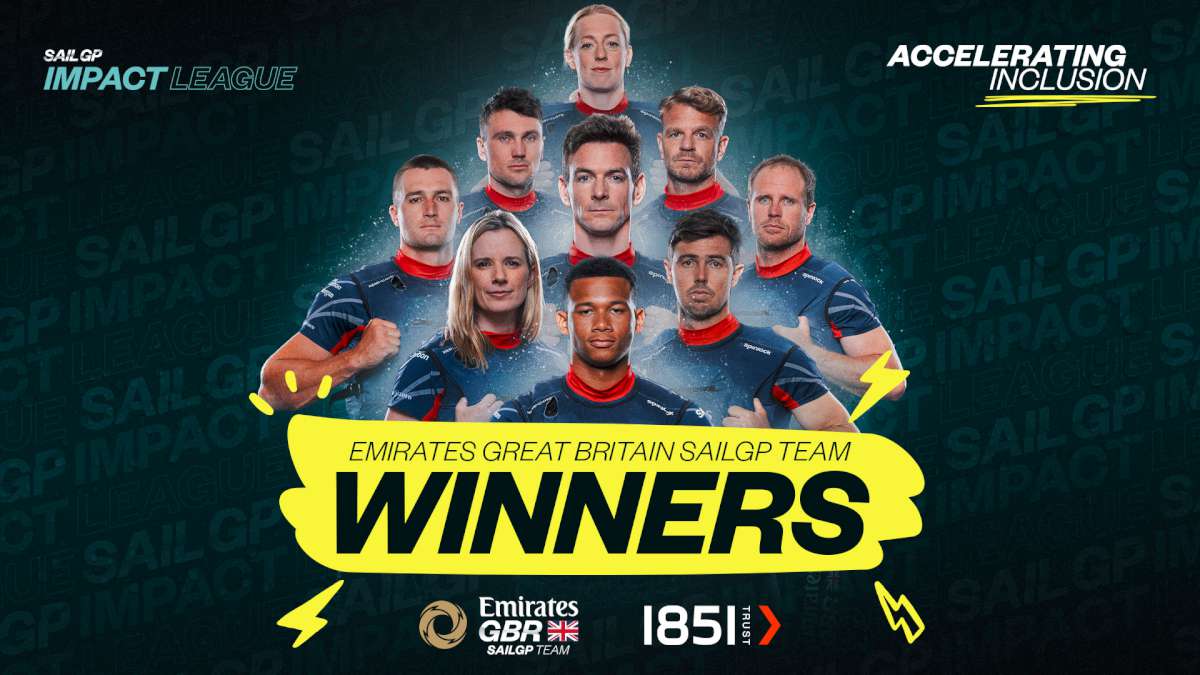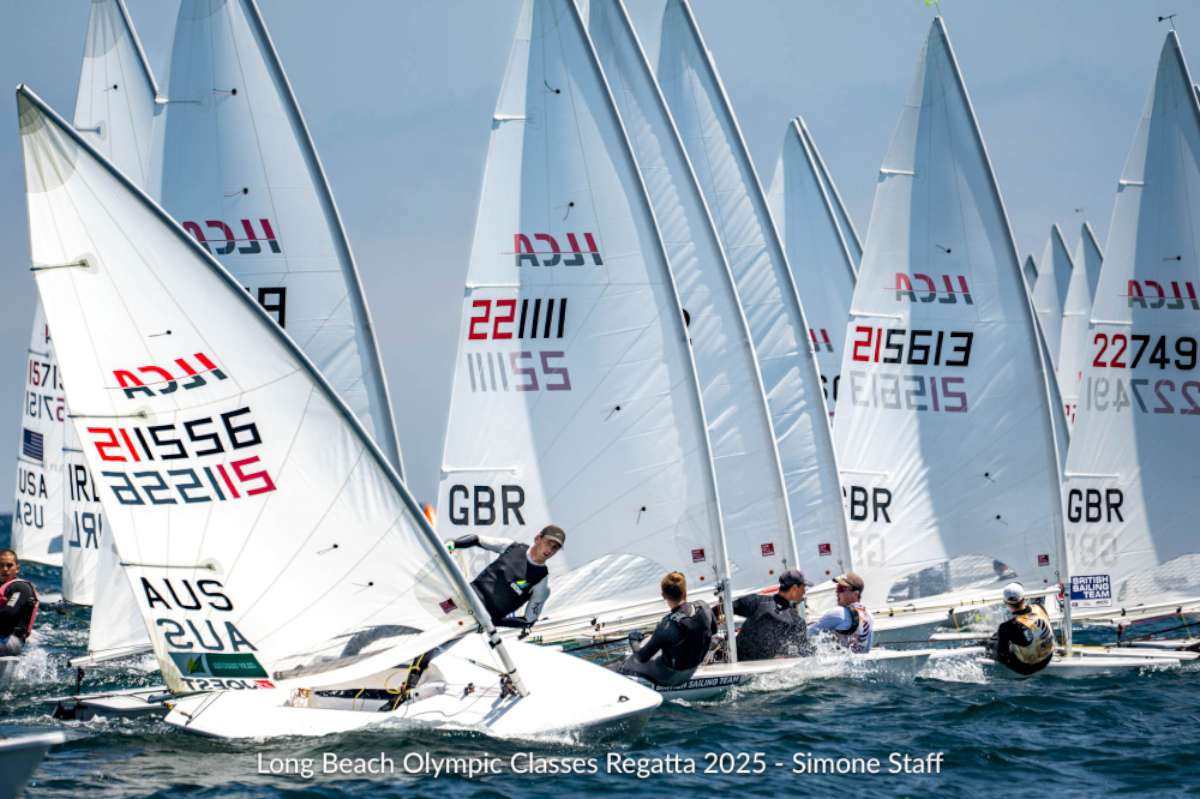PROFILE: WILL OXLEY
Back home after a hectic year of international yacht racing, Will Oxley talks to Lulu Roseman about what drives him in his role as a navigator and sailor.
Having clocked up over 200,000 nautical miles during his illustrious yachting career, including three round-the-world races (including one going the ‘wrong way’), navigator Will Oxley has added the recent success aboard Yendys to his impressive list of achievements.
Oxley was onboard last July when the Reichel/Pugh 55 placed second in division B of the Audi Sydney to Gold Coast Race. Just a few weeks later, she proved too good for Wild Oats X, winning Audi Hamilton Island Race Week.
He believes that there was no special secret ingredient in ‘Having a well-prepared yacht with its gear in excellent condition, a great crew and keeping out of trouble on the race track were key factors. We eliminated any major mistakes and that proved instrumental to our success,’ Oxley says.
Racing south on Yendys, a yacht purpose-built for the Sydney to Hobart, marked his tenth Hobart race.
The crew were hungry for handicap honours and fresh from a second in the recent Savills Regatta, expectations are high, but wasn't to be. The new American STP65 Rosebud took full advantage of the running conditions and to Oxley's frustration powered ahead, increasing its lead on the second day from 20 to 80 miles.
“There was nothing we could do about it,” Oxley said at the time. “This has been essentially a downwind race and that has suited Rosebud.”
But it's still his favourite race and one that draws him back from his high-profile international campaigns.
‘I think it is the toughest short distance offshore race in the world. The geography of the race track provides for a very tactical race with plenty of options. Throw in the Australian east coast current and it is a really challenging race course navigationally and tactically,’ he says.
‘You never know who has won till the end with the small boats often winning, days after the big boats have finished. The welcome at Constitution Dock is probably one of the best anywhere in the world, no matter what time of day or night you arrive.’
His Sydney to Hobart career has provided many memorable moments including a few hairy ones. Being onboard B-52 during the 1998 race was one experience he will never forget.
‘We were upside down and when the boat flipped back upright the water was up over our knees.
Structurally the boat was falling apart, the mast was broken and the engine wouldn’t start.
‘I suggested to the skipper, Wayne Miller, that we should set off the EPIRB and he replied, ‘But you’re only supposed to do that if we are in grave and serious danger.’ I said, look at it this way Wayne, we’re in the middle of Bass Strait, we’re slowly sinking, the boat is clearly damaged and we have no radio contact. I’d say that this was grave and imminent danger. He said, ‘Yeah, you’re right.’”
Highlights
His highlights have included winning line honours on Skandia in 2003 just 14 minutes ahead of Zana and finishing second over the line with Ichi Ban in 2006, behind Wild Oats XI, with a chance at handicap honours for a while before Love and War proved victorious.
Transat Jacques Vabre
The euphoria in offshore yachting is often balanced by frustration and in October his dream of competing in his second Transat Jacques Vabre was shattered. After completing their 1000 mile qualifying sail, Oxley and co-skipper Brian Thompson had to withdraw when their Open 60 yacht, Pindar, dismasted just 10 nautical miles off the coast of La Havre, France. It was to be Pindar’s debut ocean race.
‘It was very disappointing. The team worked tirelessly to ready the boat and we were sailing though flat water in 12 knots with the occasional 14 knot gust when it happened.
‘The conditions were perfect for flying a masthead J-1 and a full main and when the boat leant over a couple of times some of the guys became worried about the rig. I remember quite clearly saying, well if the rig falls over in this then it’s supposed to fall over because the thing is a complete lemon.
‘It was very difficult watching the yachts leave Le Havre. We put all our knowledge into the campaign, thought the boat was right and that we had a good chance of success.’
On reflection, Oxley says that the most interesting thing about the race in the IMOCA class was that Safran and Groupe Bel have gone to the other end of the spectrum from boats like Pindar and Generali.
‘They are relatively light compared to some of these newer boats and did particularly well. Even power reaching in the approach to the finish and going downwind, they were very quick and appeared to be faster than Foncia. That is going to have a lot of people thinking about the next Vendee Globe race in 2008.’
For Oxley, dual-handed sailing in Open 60s is one of his favourite disciplines as it allows him to perform lots of different roles on the boat.
‘It’s great to be able to use more of my seamanship skills. It gives me the opportunity to do everything from being up the rig, on the foredeck, helm, navigating and trimming sails. It’s quite extreme and very satisfying,’ he says.
Over the past five years, he has competed in several Open 60 races, taking line honours in the 2006 Round Britain and Ireland Race aboard Artemis. He finished fifth aboard Skandia with Brian Thompson in the 2005 Transat Jacques Vabre, racked up a fifth in the 2003 Calais Round Britain Race aboard Team888, and placed second in the Daimler Chrysler Transat the same year.
Background
It’s a long way from the Royal Brighton Yacht Club in Melbourne where he started sailing Sabots at five years of age. Oxley graduated to racing Manly Juniors with Cameron Miles when the family relocated to Sydney’s Northern Beaches. Once his parents learned that his passion for sailing and surfing wasn’t a passing fad, he was promptly packed off to boarding school back in Melbourne.
Faced with the rather unchallenging prospect of sailing on Albert Park Lake with his classmates, he moved on to keel boats and wasted no time clocking up some ocean experience.
At 15, he helped deliver a 48ft yacht from Pilau in the northern Pacific to Papua New Guinea. Five years later, he skippered his first yacht across the Atlantic from Portugal to the States via Antigua.
He competed in his first dual-handed Melbourne to Osaka Race at 21 aboard his father’s boat, Haveknots, a Robert Perry design. While the father and son team were forced to retire in their first attempt, they reunited in 1991 finishing first in their division. They were back in 1995, with a second divisional placing.
While his career highlights have also included the America’s Cup, Volvo Ocean Race, Fastnet and BT Global Challenge, Oxley now chooses to participate in yacht racing campaigns that are family friendly. His wife, Sue, and two children are often there to wave him off or meet him at the finish line.
Based in Townsville, his work as a marine ecologist involves managing several marine research projects, notably with the Australian Institute of Marine Science. He is particularly passionate about the study of the effects of climate change on coral reef ecosystems.
Navigation career
‘Having done all the different roles on the boat and with my scientific background, I felt navigation was the right fit for me. It is a specialist area with the opportunity to be a part of the bigger According to Oxley, navigational technology is moving fast and thanks to a core group of world-renowned navigators, the software is becoming more user-friendly and robust.
Weather models predicting wind direction and speed are improving all the time and several models are freely accessible as GRIB files.
‘Using these data files is now routine in offshore racing; using navigation programs like MaxSea, Deckman and Expedition. Significant advances are being made with the continued development in this area.’
He says that the next step in this area could be for programs that allow routing decisions to also be based on a yacht’s ability to deal with a particular sea state.
‘In many instances on the large mono and multi-hulls, many routing decisions are now based on avoiding a predicted sea state. The current navigation routing solutions do not take this into account.
‘B&G have introduced a new instrument package which looks to have taken onboard many features previously only available with their WTP package. They are having some teething problems but I am sure it will prove to be very reliable in time.’
Another key area is internet communications to and from the boat and he says the Telstra CDMA 1x system has been fantastic for providing high-speed access well into Bass Strait.
‘Unfortunately to date, NextG hasn’t proved to have the same range or reliability as CDMA. A preferred communication solution outside of mobile range is a Fleet33 Inmarsat system; however the units and cost of airtime are still very expensive.
‘Inmarsat are scheduled to release a new system known as Fleet Broadband. Speeds will be faster with smaller antennas and in time prices will fall. Unfortunately, the Pacific region will be the last to benefit from this as the Pacific Satellite for the system is yet to be launched.’
Camaraderie
While the cutting-edge technology has its place, it’s the people in the crew that make the difference and, for Oxley, a major component of doing what he does on the water is about the people he spends his time with.
‘At the end of the day, we all do this yacht-racing caper because we enjoy it and are passionate about being at sea. I’ve got a little bit of the luxury now in that when I sail with particular campaigns I have the choice to sail with people who I enjoy sailing with.
‘Over the last 12 months, I have been running into, sailing with and against the same people in Jamaica, Fort Lauderdale, the UK and Spain. The same people are around. That’s why it’s great to be part of this program with Yendys. Owner Geoff Ross puts a really good campaign together and in the end we are a team that really enjoys sailing together. That’s what makes it enjoyable.’
























